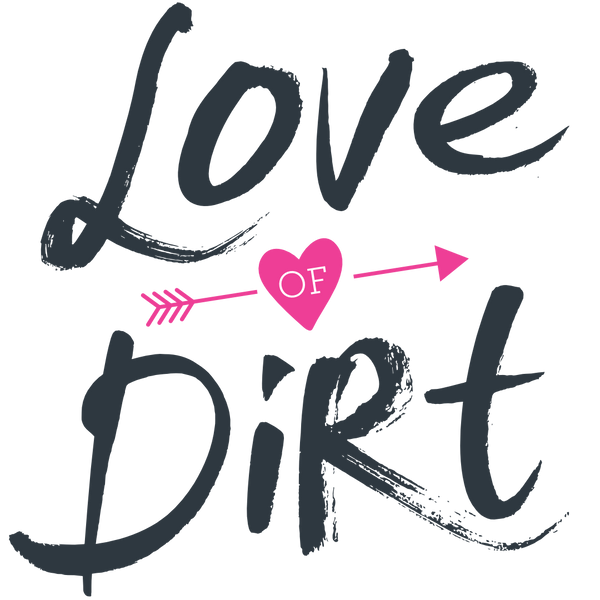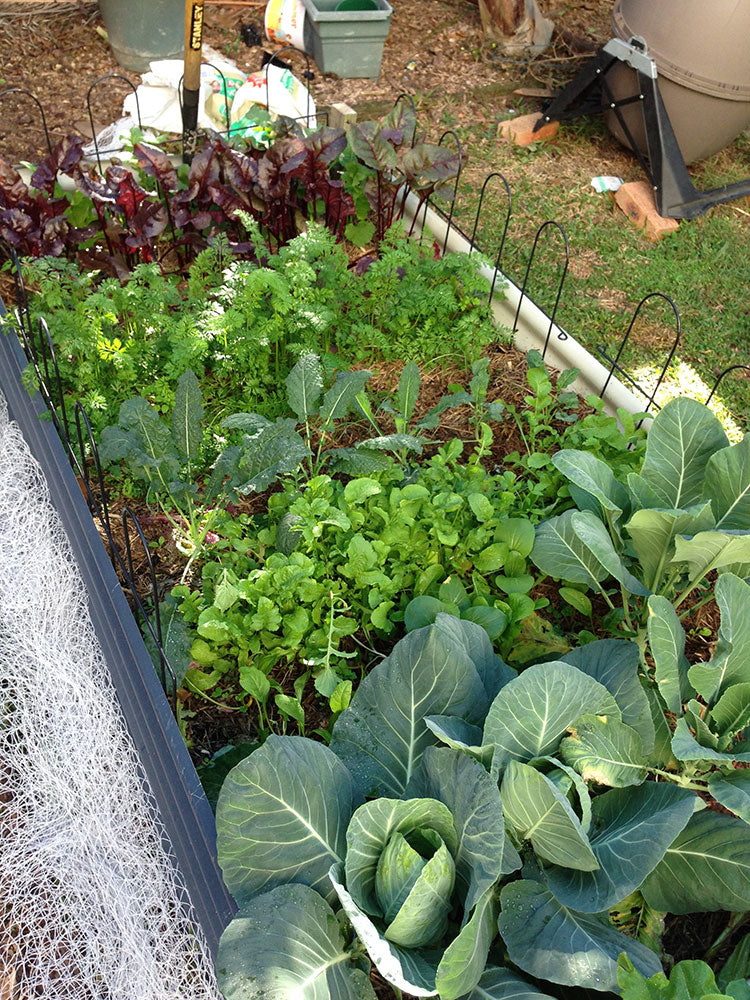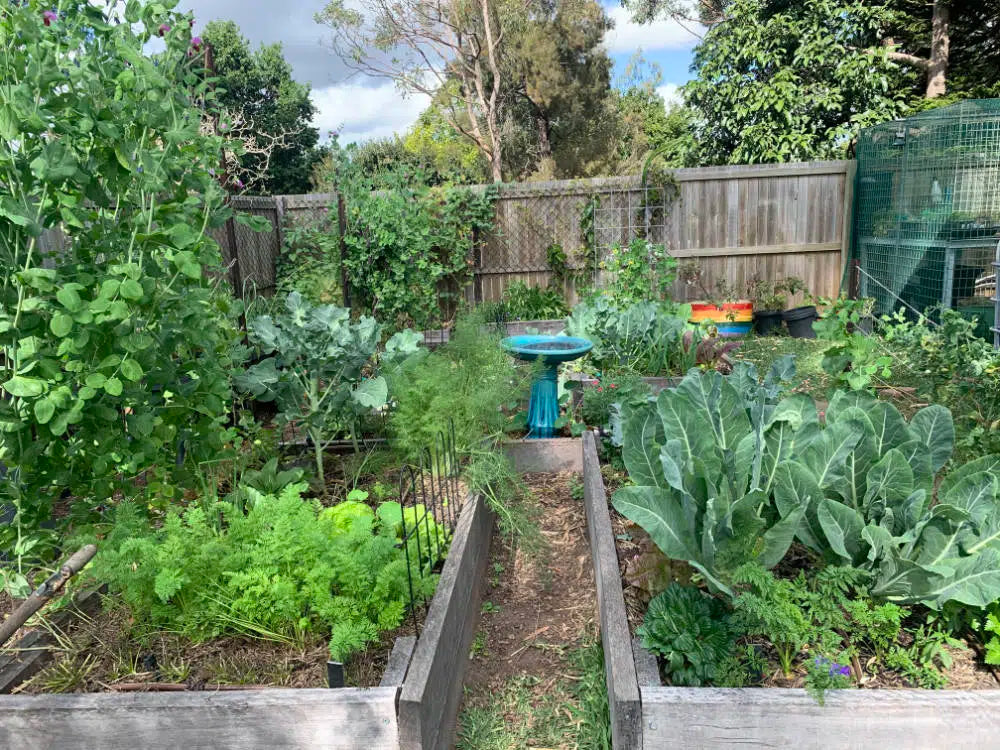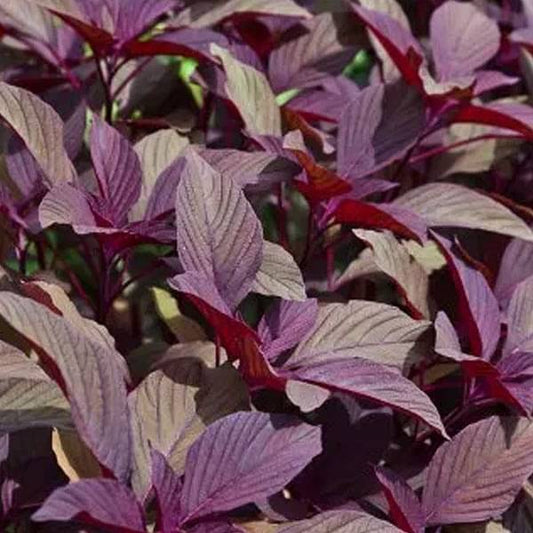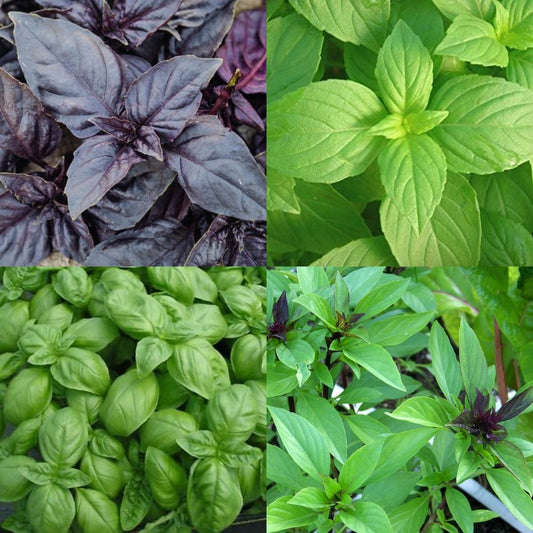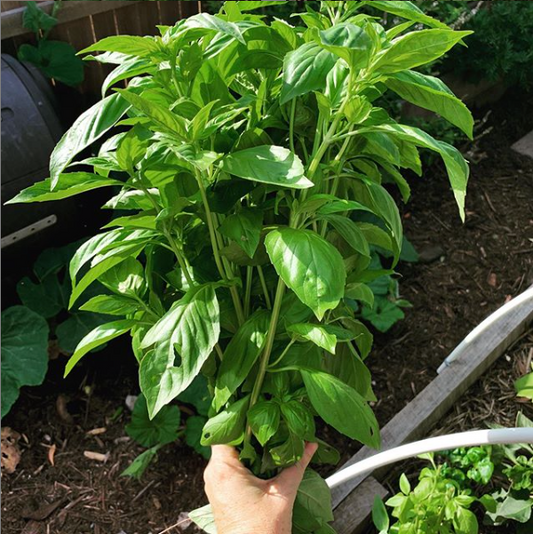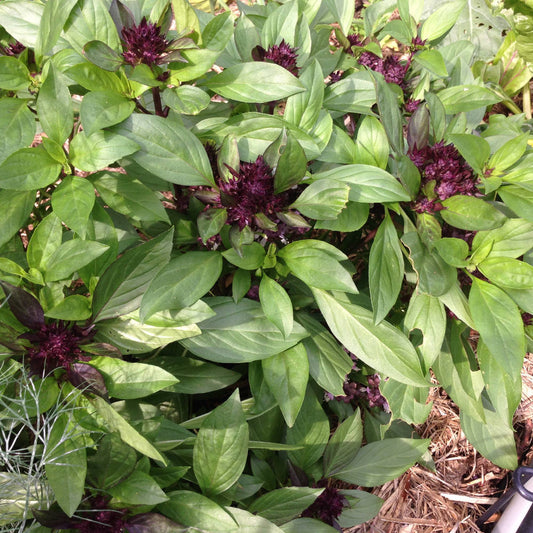If you're a self confessed black thumb or have trouble keeping indoor plants alive (
don't worry I do too) then the idea of growing your own food may feel a little too ambitious.
However growing your own food is pretty damn easy, and once you start you'll get hooked.
Here are the basics you need to know about setting up your first veggie patch.
Find the best position
Your veggie patch will need plenty of sunshine. Before you start looking at setting up your patch take notice of where the sun hits your space (and be mindful that the sun does change position during the winter months). What you're looking for ideally is full sun, however if you can get around 6 hours a day you're on the money.
Not only sunshine, you'll need easy access to water - if it's a pain to cart water to your chosen location, it will be a pain to maintain. I also like to keep my garden within a quick dash from the kitchen... especially for herbs.
Decide on what type of garden you want
There are loads of different types of ways you can start growing your own food, here are a few main ways.
In pots
Yes you can grow food in pots! All of our herbs are in pots, but we also do carrots, shallots, tomatoes, capsicums, chillis, lettuce, eggplant to name a few! All of
our fruit is also in pots. Pots are great for small spaces and the ability to move your plants depending on the sunshine. Just make sure you get a quality potting mix and change it every 12 months so your plants are getting the nutrition they need.
In the ground
This is great if you have the space and your soil is of good quality. To know if your soil is good get a pitch fork and dig it for a bit, if it's soft and loamy (not sandy or clay) you may be on a winner. If not it will take a bit of work to get your soil right (see the next section!).
Raised beds
This is predominantly what we use as we rent so it's easier to dismantle our raised beds. It's also easy to build up a really good soil for your plants using a bunch of different things to get your soil just right. Raised beds can be made from wood or corrugated iron. Avoid bricks and bessa blocks as the chemicals can leech from theses, and when looking at wood - make sure you don't get treated pine as it can be harmful to you and your family. We use corrugated iron raised beds, however it does mean they need a bit of extra watering on those hot days as the soil can heat up.
Wicking beds
A wicking bed is essentially a garden bed that has a water reservoir in the base that the plants can access. Great for low maintenance gardens that you don't get a chance to water often. We sometimes make our own mini wicking pots which
you can find here. You can buy these commercially, up-cycle bulk liquid storage containers or even convert your raised bed with a bit of pond liner.
Aquaponics
If you're keen to try something different and also have fish for dinner with your veggies then
aquaponics may be a good solution for you. We find that once setup aquaponics systems are super low maintenance - feed the fish and check the water every now and again. No weeding, no watering and you can grow triple the amount of food in the same space you would be able to in a traditional garden.
Know your dirt
Once you have your garden installed the most important thing you can do is invest in your soil. Invest in a PH soil kit and test your soil, what you're wanting to do is make sure your soil is neutral. Too acidic or alkaline and nothing will grow. If your soil is too acidic you'll need to add garden lime, too alkaline you'll need to add sulphate of potash. It's going to be a bit of trial and error over time until you get your soil just perfect.
If you're having to bring in soil, know that some soils you can purchase are like poison for your plants. Most soils you purchase (even the ones they sell as premium vegetable garden soil) will need additives to make your garden thrive. Some are so lacking in nutrients your plants are likely to stay the same size forever. Again test your soil and adjust accordingly.
When I setup a new garden bed I generally use a lasagne method of various ingredients. For raised beds I lay a layer of cardboard to prevent any weeds popping up, then a layer of sugar cane mulch, a layer of compost,
a layer of manure, a sprinkling of lime, a sprinkling of sulphate of potash, a dash of molasses, some worm castings or juice. Then repeat once, with a final layer of compost. I let this settle for a week or so before I start planting and this seems to produce good results.
Know your climate
Knowing what your climate is incredibly important when it comes to knowing what is going to grow in your area and when. You need to understand that not everything is going to grow in your climate, whilst I would
love to grow potatoes I've found that it's just way to humid where I live to get a decent crop. I have friends who live in Canberra who struggle to grow things that grow like weeds for me.
Nurseries will usually provide most things, even if they aren't in season or won't grow in your climate so it's important to avoid wasting time and energy to understand what is going to grow in your area and when.
For Australian residents you can find your
climate zone here. Another good way to check is on the back of most seed packets - they will have a little map and will tell you what season it will grow in.
If you live in a subtropical climate you can download my
latest growing guide here.
Keep on learning
To be honest I probably have more failures in my garden than successes, but most of the time it's all about trial and error. My advice is really to keep on trying and you'll find the things that you love to grow (and eat). Over time you'll become a pro!
Have you just started your first veggie patch? Leave a comment below and let us know how you're going!


